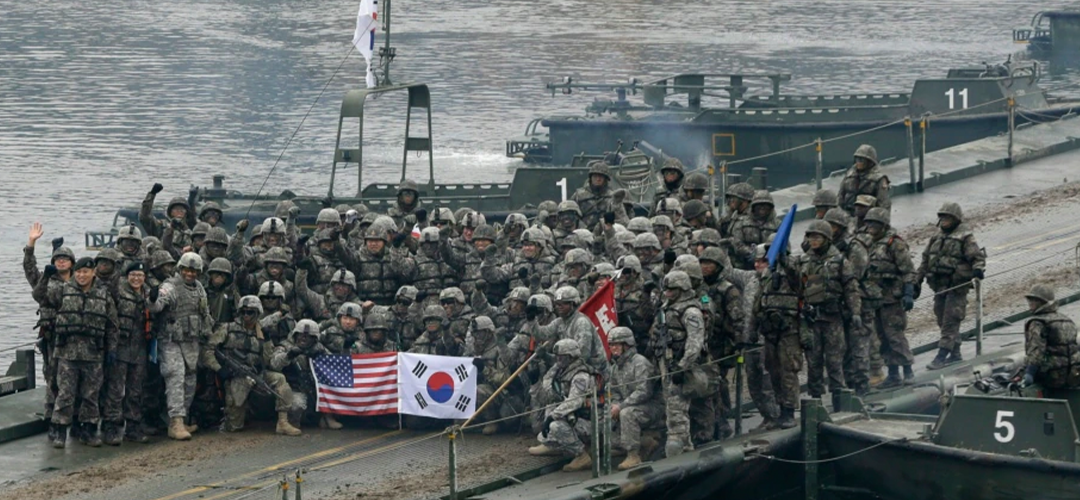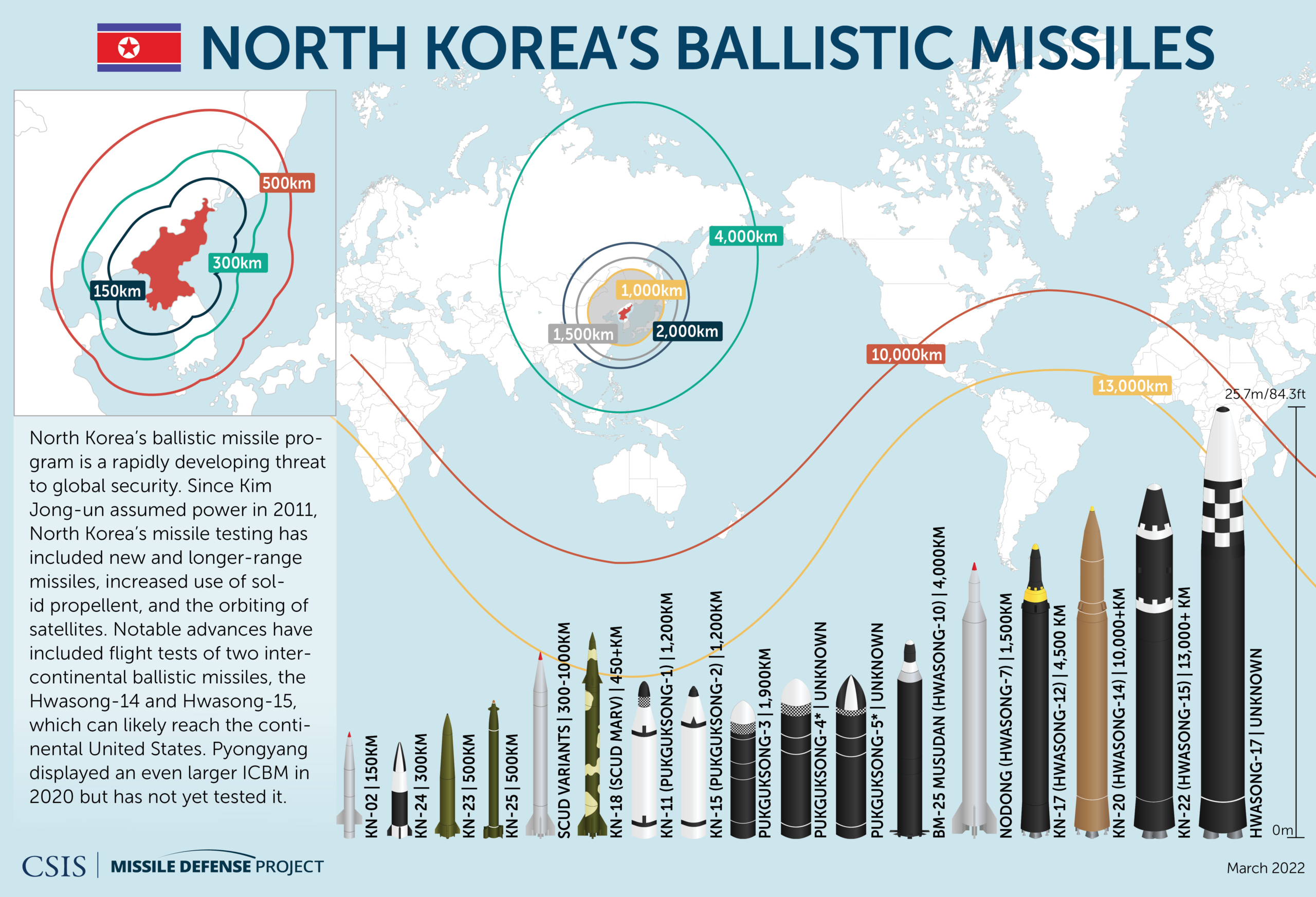NORTH KOREA - BACK TO THE BRINK
August 27, 2022 | Expert Insights

Since the beginning of this year, the Democratic People’s Republic of Korea (DPRK-North Korea) has launched a barrage of ballistic missiles into the Yellow Sea and the Sea of Japan/East Sea. The tests have heightened taunt tensions even further.
To add to the unrest, the Republic of Korea (ROK-South Korea) and its long-time military partner, the United States, have resumed large-scale military drills on the Korean Peninsula after a four-year hiatus. The training, codenamed Ulchi Freedom Shield (UFS), will concentrate on defence and counter-attack strategies in the event of a DPRK attack or invasion. The 11-day exercise would involve the Korean Peninsula's joint air, land, and naval forces.
The DPRK has condemned the military drills. According to the Kim Jong-un regime, these drills are a rehearsal for the South to invade the North. Routinely, China has criticized UFS, stating that it would raise regional tensions.
Background
Although the Korean Armistice Agreement of July 1953 caused a cessation of hostilities between the North and the South and the UN forces after killing more than 2.5 million people, technically, the war never ended.
Democratically inclined, albeit with a touch of authoritarianism, South Korea has ardently followed the principle "better be safe than sorry” for decades. Even though ROK is protected under the U.S. security umbrella, which would theoretically also include a nuclear counterstrike, Seoul has sensibly tried avoiding provoking the irrational regime across the Demilitarised Zone. To incentivize its quarrelsome neighbour, ROK has, over the years, spent billions of dollars in economic packages and investments in the North, but the DPRK's nuclear programme has continued unabated.
In his effort to win a place in history, President Trump had tried to woo Kim Jong-un through two highly controversial summit meetings, thus becoming the first sitting U.S. president to step into the Hermit Kingdom. During the build-up to the talks, US-South Korean military drills were halted in 2018. However, this did not stop the flow of vitriolic accusations emanating from Pyongyang, as now the Covid 19 spread in the North was being placed at the doors of the ROK.
The primary reason for UFS is the record-breaking number of missile tests conducted by the DPRK- 19 rounds of missile tests this year alone which includes the longest range Intercontinental Ballistic Missiles (ICBMs). An ardent fan of Hollywood movies, Kim Jong-un occasionally stars in short videos just before the launch of his most powerful ICBMs, in leather jacket and shades, replicating Tom Cruise in ‘Top Gun’.
During his Victory Day speech last month, Kim stated, “our nation’s nuclear war deterrence is also fully ready to mobilize its absolute strength faithfully, accurately, and promptly to its mission.”
Analysis
Kim Jong-un’s nuclear sabre rattling and American military drills have seldom been breaking news in the Korean Peninsula, so immune has the world got to its faceoffs. But the changing security paradigms around the globe, with fresh tensions in eastern Europe and Taiwan Straits, make the Korean Peninsula the most dangerous flashpoint for a global conflagration.
Although the Osan Air Base has the technological advancement to monitor threats from the DPRK, the development of new missile technology has limited the ROK’s defence capabilities. Concerns have grown with the DPRK managing to test a new class of hypersonic missiles and ICBMs. Despite the presence of nearly 28,500 US military personnel, South Koreans have increasingly been alarmed over the weapons being tested by the DPRK. A Chicago Council of World Affairs poll concluded that 71 per cent of South Koreans favoured acquiring nuclear weapons.
It appears that the joint military drills would become a regular feature which would only further push Pyongyang deeper into the Chinese fold. Even more worrying is the increasing capacity of the DPRK to conduct cyber operations, presumably with the active connivance of Beijing.
There are domestic compulsions for Kim Jong-un to create diversions for his people, now recovering from the pandemic in which an unknown number died (although Kim claims that while millions were infected, only about 69 died!) Macho action such as firing ballistic missiles to challenge the U.S. makes for good optics domestically, the deleterious effect on the economy notwithstanding.
Assessment
- The UFS drills will give the DPRK an impetus to further accelerate its missile testing. We may even see a new nuclear test being conducted. The gloves are now off, and only an escalation in tension is on the cards.
- It could be Kim Jong-un's style of signalling for relaxation of the crippling sanctions and economic concessions to deal with a worsening state of the economy.
- The ongoing Taiwan crisis has made China anxious about the US presence on the Korean Peninsula, especially since the surveillance systems deployed for UFS could be used to eavesdrop on the PLAN. This could be the start of a new and even more worrisome trend for the region's peace and stability.









Comments